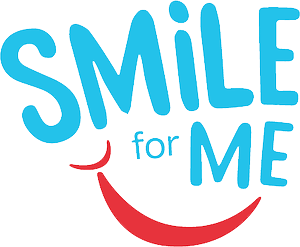FAQ’s
What is a cleft lip & cleft palate ?
A cleft lip is an opening in the lip, soft tissue at the back of the mouth or the roof of the mouth. A cleft lip may include an opening in the upper jaw &/or upper gum. A cleft palate is the opening of the roof of the mouth that occurs when the two sides of the palate do not come together. A child can suffer from a cleft lip, cleft palate or both. They may be unilateral (occur on one side) or bilateral (occur on both sides. Up to 70% of children born with a cleft lip deformity have a cleft palate deformity.
What causes a cleft lip or cleft palate?
It is thought a combination of genetic & environmental factors cause cleft deformities, although the exact cause is unknown. Some environmental factors thought to contribute to the deformity are malnutrition, drugs, infections, maternal illnesses, alcohol use & smoking.
There is an increased risk of 2-4% of children being born with the same defect if a previous child has been born with the defect.
When do they develop?
Cleft lips & cleft palates are a congenital deformity that occurs very early in embyronic development as the facial structure develops in the 4th – 6th week of pregnancy.
What is the incidence of cleft deformities?
The World Health Organisation (WHO) estimates that every 2 1/2 minutes a child is born with a cleft deformity somewhere in the world (WHO: Report of WHO meetings on International Collaborative Research on Craniofacial Anomalies). It is considered that in the developing world every 1 in 500-600 babies are born with a cleft deformity (United States Bureau of the Census 2001). In the Philippines 1-2/1000 births are estimated to be born with a cleft deformity.
Can they be prevented?
Scientsists & the medical professionals are researching methods to prevent cleft lips & cleft palates. Some areas of research include the use of folic acid early in pregnancy to prevent cleft deformities, as well as the role of increased doses of vitamin A & smoking rates in developing cleft deformities.
Can they be repaired?
Surgery, especially when performed at a very early age provides exceptional results. Most medical profgessionals agree that a cleft lip should be repaired by the time the baby is 3 months old for optimal results. Ideally the cleft palate should be repaired bewteen 12-18 months.
The repair of the cleft deformities at an early age aids in feeding which which prevents malnutrition & allows for speech development.
